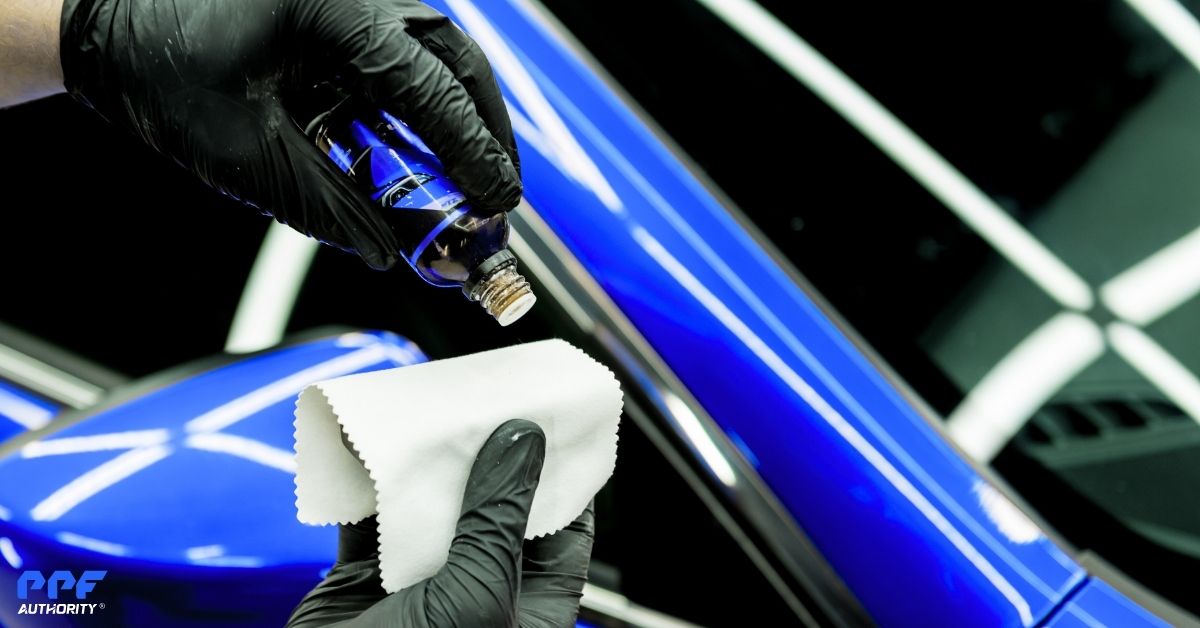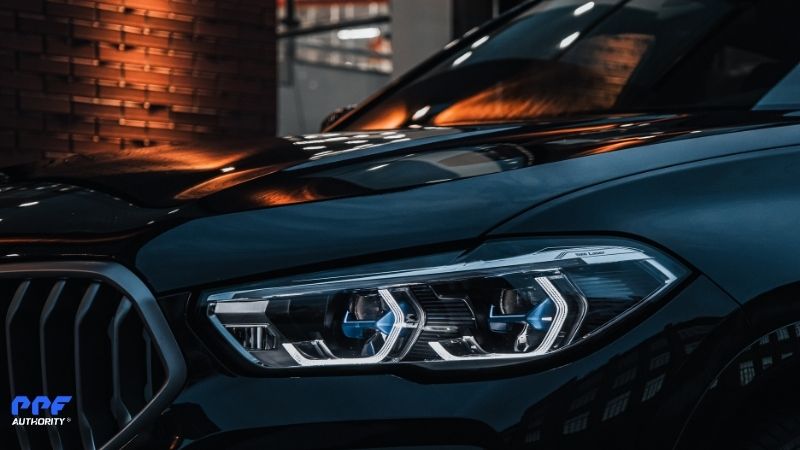Residential window tinting is an excellent way to enhance privacy, improve energy efficiency, reduce glare, and protect your home from harmful UV rays. However, not all window tints are the same. There are several types of window tint, each with unique properties and benefits that cater to different homeowner needs.
In this article, we’ll break down the different types of residential window tint—including dyed, metallic, ceramic, carbon, hybrid, and security films—so you can choose the best option for your home.
Dyed Window Tint: The Most Affordable Option
What Is It?
Dyed window tint is made of multiple layers of dyed film that absorb sunlight and reduce glare. It is one of the most budget-friendly window tinting options.
Benefits
- ✅ Affordable – One of the cheapest window tint options, making it great for homeowners on a budget.
- ✅ Enhances Privacy – The darker appearance prevents outsiders from easily seeing into your home.
- ✅ Reduces Glare – Helps make indoor spaces more comfortable by minimizing bright sunlight.
Drawbacks
- ❌ Lower UV Protection – Provides moderate UV blocking but less than other advanced films.
- ❌ Less Heat Rejection – Absorbs heat rather than reflecting it, making it less energy-efficient.
- ❌ Can Fade Over Time – The dye may discolor or degrade with prolonged exposure to sunlight.
Metallic Window Tint: High Heat and Glare Reduction
What Is It?
Metallic window tint is infused with tiny metallic particles that reflect heat and UV rays away from your home.
Benefits
- ✅ Excellent Heat Rejection – Blocks a large percentage of heat, keeping your home cooler in summer.
- ✅ Superior UV Protection – Blocks 99% of harmful UV rays, reducing interior fading and skin exposure.
- ✅ Highly Durable – Long-lasting and resistant to fading or discoloration.
Drawbacks
- ❌ Interferes with Electronics – Metallic particles can disrupt cell phone signals, Wi-Fi, and GPS reception.
- ❌ Highly Reflective Appearance – Some homeowners may not like the mirrored look from the outside.
Ceramic Window Tint: The Premium Option for Maximum Performance
What Is It?
Ceramic window tint is made from non-metallic, nano-ceramic particles that offer the highest level of heat rejection, UV protection, and clarity without affecting signals.
Benefits
- ✅ Blocks Up to 85% of Infrared Heat – Keeps your home cooler in summer and warmer in winter.
- ✅ 99% UV Protection – Shields your furniture, flooring, and skin from sun damage.
- ✅ Does Not Interfere with Electronics – Unlike metallic film, ceramic tint won’t block Wi-Fi, cell signals, or radio frequencies.
- ✅ Crystal Clear Visibility – Does not darken windows too much, allowing maximum natural light while still reducing glare.
Drawbacks
- ❌ Higher Cost – Ceramic tint is more expensive than dyed or metallic films, but it provides the best performance and longevity.
Carbon Window Tint: Stylish & Energy-Efficient
What Is It?
Carbon window tint contains carbon particles that reflect heat, block UV rays, and prevent fading.
Benefits
- ✅ Great Heat Rejection – Helps maintain consistent indoor temperatures, reducing energy costs.
- ✅ Fade-Resistant – Carbon tint won’t fade or turn purple over time like dyed films.
- ✅ Modern, Matte Finish – Provides a sleek, non-reflective look that enhances curb appeal.
- ✅ Good UV Protection – Blocks up to 99% of UV rays, protecting interiors and skin.
Drawbacks
- ❌ Less Effective Than Ceramic Tint – While better than dyed or metallic films, carbon tint does not block as much heat as ceramic options.
- ❌ Higher Cost Than Dyed Tint – More expensive than basic dyed films, but still more affordable than ceramic.
Hybrid Window Tint: The Best of Both Worlds
What Is It?
Hybrid window tint combines dyed and metallic layers, offering a balance of performance, durability, and affordability.
Benefits
- ✅ Reduces Heat and Glare – More effective than dyed tint but less reflective than metallic film.
- ✅ Long-Lasting & Fade-Resistant – Maintains its appearance over time.
- ✅ More Affordable Than Ceramic – A good mid-range option for homeowners looking for performance without the high price.
Drawbacks
- ❌ Slightly Reflective – May still have a mild mirrored effect depending on the brand.
- ❌ Not as Advanced as Ceramic – While good, it doesn’t offer the same level of heat rejection and clarity as ceramic tint.
Security and Safety Window Tint: Extra Protection for Your Home
What Is It?
Security window tint is a thick, multi-layered film designed to strengthen glass and prevent shattering in case of impact.
Benefits
- ✅ Shatter Resistance – Holds glass together upon impact, reducing injury from broken glass.
- ✅ Burglary Deterrent – Makes windows harder to break, increasing home security.
- ✅ Storm Protection – Helps prevent windows from shattering during hurricanes or strong winds.
- ✅ UV and Heat Rejection – Often includes UV-blocking properties similar to standard window tints.
Drawbacks
- ❌ Higher Cost – More expensive due to thicker and stronger material.
- ❌ Limited Aesthetic Options – Usually clear or lightly tinted, without the decorative appeal of other tints.
Choosing the Best Window Tint for Your Home
- ✅Best for Budget-Friendly Privacy & Glare Reduction – Dyed Window Tint
- ✅Best for Maximum Heat & UV Blocking – Ceramic Window Tint
- ✅Best for High Heat Reduction but Lower Cost Than Ceramic – Carbon Window Tint
- ✅Best for Durable, High-Performance Tinting with a Stylish Look – Hybrid Window Tint
- ✅Best for Extreme Heat and Sunlight Control (But May Interfere with Signals) – Metallic Window Tint
- ✅Best for Security, Storm Protection, and Break-In Prevention – Security Window Tint
Professional Installation vs. DIY Window Tinting
Why Choose Professional Installation?
- ✅No Bubbles or Peeling – Professionals ensure a smooth, even application.
- ✅Longer Lifespan – Proper installation extends the durability of window films.
- ✅Warranty Protection – Most professional installations include a manufacturer’s warranty.
- ✅Expert Advice – Professionals can help you choose the best tint for your specific needs.
DIY Window Tinting: Is It Worth It?
- ❌ Difficult to Apply Without Bubbles
- ❌ Shorter Lifespan Due to Improper Installation
- ❌ May Not Be Covered by Warranty
While DIY kits are available, professional installation ensures the best results and maximizes your investment.
Final Thoughts: A Smart Investment for Every Home
Residential window tinting offers energy efficiency, privacy, UV protection, and security, making it a smart investment for any homeowner. Whether you choose dyed, metallic, ceramic, carbon, hybrid, or security films, the right window tint can increase comfort, reduce energy bills, and enhance the overall appearance of your home.
👉 Ready to install residential window tinting? Contact us today for a free consultation and expert installation! 🏡✨

